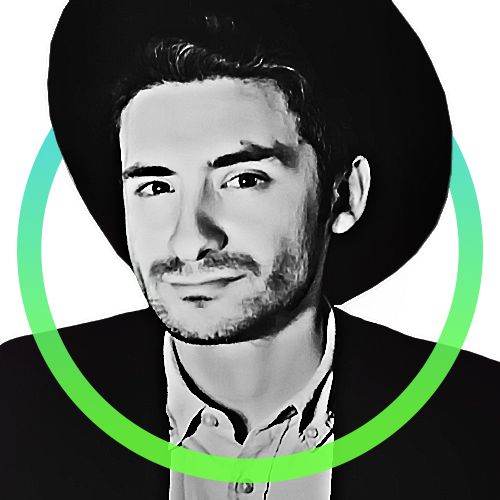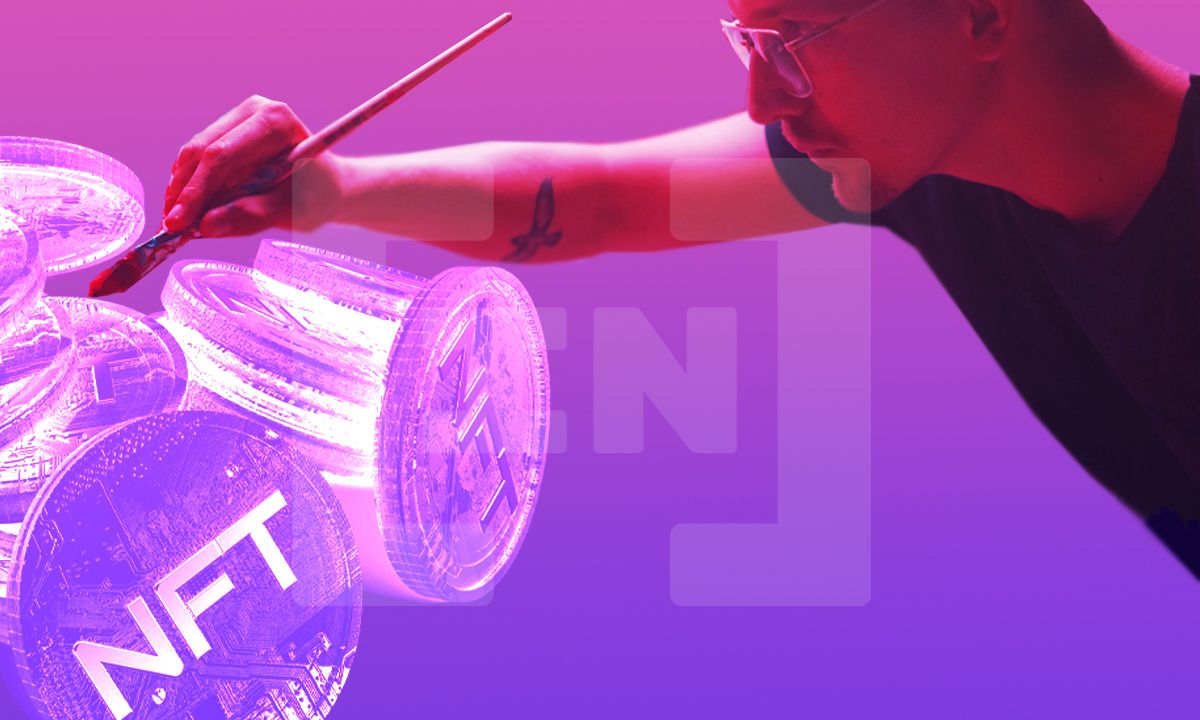The family of Russian modernist Wladimir Baranoff-Rossiné is auctioning off a non-fungible token (NFT) of a 100-year-old painting of his. Does this make the work valuable or just the NFT?
The work of Russian modernist Wladimir Baranoff-Rossiné has sold for millions, his market in the past decade has fallen off. Now his descendants are renewing interest in his work by auctioning them as non-fungible tokens (NFTs)
They’re auctioning a 1925 painting as an NFT through NFT marketplace Mintable. Additionally, nine digital images of other Baranoff-Rossiné paintings will be sold as NFTs from March 25. The family will still own the original artworks.
“In terms of the NFT, it’s about being able to showcase my grandfather’s work to a different audience—and a wider audience,” said Wladimir Baranoff-Rossiné, the painter’s grandson. “It’s interesting: You’ve got the Beeple NFT selling at Christie’s, and we’re the opposite—the fine art piece is selling on Mintable.”
Value in the Art
This raises the question, is the value still retained by the artwork itself or strictly in the NFTs? The art world has already begun to utilize blockchain technology apart from NFTs, although the distinction isn’t always relatively straightforward.
Some companies help authenticate, categorize, and register art collections on the blockchain. Artory is one such company that provides this service. Its founder, and former art dealer, Nanne Dekking, argues that this verifiable information about an artwork is valuable.
“You have to start with the artwork and use the underlying technology as a tool,” Dekking says. “Not the other way around.”
Value in the NFT
However, Zach Burks, CEO of Mintable, says the NFT itself is valuable as a work of art. “This is an auction for an NFT that happens to come with a painting,” says Burks, “It’s not a painting that’s auctioned that comes with [an] NFT.”
Burks reasons that since anyone interested in the work must be knowledgeable about cryptocurrencies, they would understand the inherent value of the NFT as a work of art.
“It’s most likely not going to be a traditional art collector, and they’re going to be a crypto-native user,” so he says it’s unlikely that “someone is just buying this for the painting itself and not the NFT.”
NFTs as Digital Reprints?
So far, in practice, NFTs are treated as a certificate of authenticity. This has made them an “original” digital artwork worth more than other identical copies. Examples include the sale of an NFT of Banksy’s artwork being torched or Jack Dorsey selling his first tweet as an NFT. However, some have a different perspective when it comes to NFTs of physical artwork.
Baranoff-Rossiné suggests people treat digital images as limited-edition postcards or posters. “It’s like printing a one-off series of 100 postcards,” he says. “It’s exactly the same principle.” Dekking shares this perspective. “If they create an NFT relating to the image of a [physical] artwork, it’s basically like a poster of the Mona Lisa you buy in front of the Louvre,” he says.
Interestingly, Emmy-Award-winning digital artist Emonee LaRussa also uses the Mona Lisa in a contrary analogy regarding the value of NFTs. “You have the original piece,” she says, explaining the intrinsic value of an NFT. “There are a whole bunch of copies of the Mona Lisa, but there’s only one [original].”
Disclaimer
In adherence to the Trust Project guidelines, BeInCrypto is committed to unbiased, transparent reporting. This news article aims to provide accurate, timely information. However, readers are advised to verify facts independently and consult with a professional before making any decisions based on this content. Please note that our Terms and Conditions, Privacy Policy, and Disclaimers have been updated.


